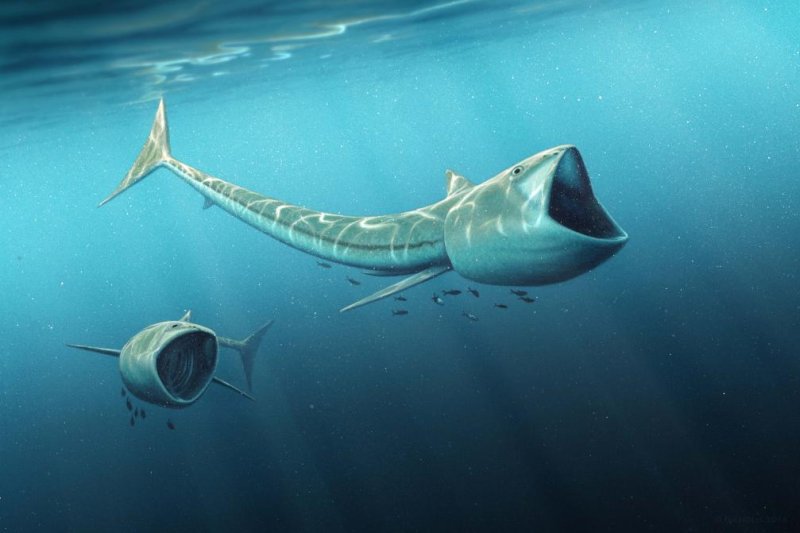CHICAGO, Feb. 8 (UPI) -- A new study published in the journal Cretaceous Research triples the number of species belonging to the genus Rhinconichthys, a type of large-mouthed fish that swam the oceans 92 million years ago.
Previously, there was only one known Rhinconichthys specimen, discovered in England. But a skull recently unearthed in Colorado and the reconsideration of a fossil in Japan has upped that number to three.















